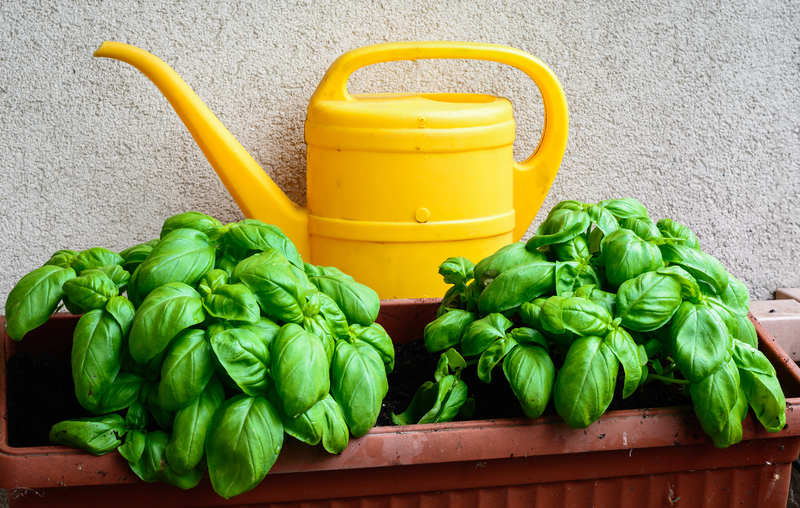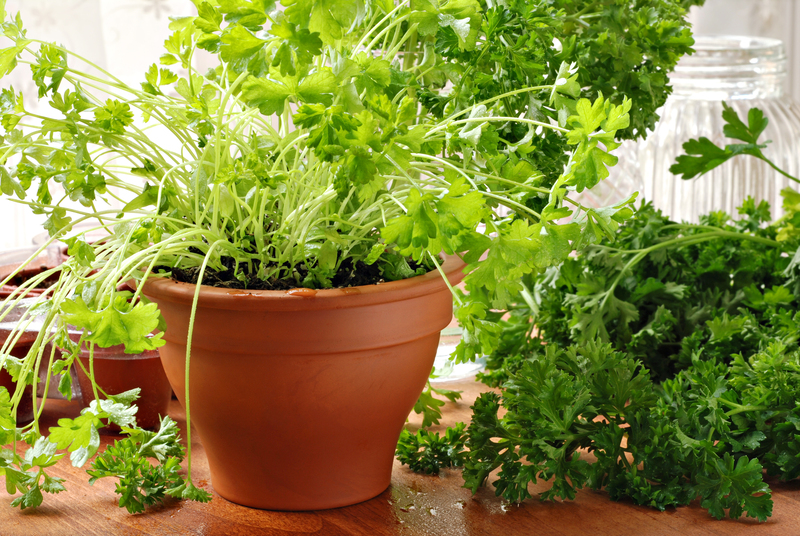Maintaining Non-Slip Decks
Posted on 18/04/2025
Decks are an excellent addition to any home, offering outdoor space for relaxation and entertainment. However, when it comes to safety, maintaining a non-slip deck is paramount. Ensuring that your deck remains non-slip is not only important for your family's safety but also enhances the deck's longevity and functionality.
Why Non-Slip Decks are Important
Non-slip decks reduce the risk of slips and falls, which can lead to serious injuries. This is especially crucial during wet weather conditions or in shaded areas that may become slippery. By taking proactive measures, you can keep your decks safe for everyone, including children and the elderly.

Regular Cleaning
One of the simplest yet most effective methods to maintain a non-slip deck is regular cleaning. Dirt, algae, and mildew build-up can create slick surfaces that increase the risk of slipping.
- Sweep the deck frequently to remove debris.
- Wash the deck with a mixture of mild detergent and water.
- Use a scrub brush to remove any stubborn stains or algae.
- Rinse thoroughly with a garden hose.
Use of Non-Slip Coatings
Non-slip coatings can provide an additional layer of safety. These coatings are specially formulated to enhance traction, even when wet.
- Choose a high-quality non-slip paint or finish specifically designed for decks.
- Follow the manufacturer's instructions for application.
- Consider reapplying the coating every couple of years or as needed based on wear and tear.
Traction Mats and Strips
Traction mats and strips are excellent for providing immediate and highly effective non-slip solutions. They can be easily installed and replaced as required.
- Place traction mats in high-traffic areas.
- Apply non-slip strips to steps and edges.
- Choose UV-resistant products to prolong their durability.
Deck Maintenance and Repairs
Regular maintenance is crucial to sustaining a non-slip deck. Inspections and repairs should be a part of your routine maintenance schedule.
- Replace damaged or rotten boards immediately.
- Check for loose nails or screws and secure them.
- Perform an annual deep cleaning and inspection.
Weather Considerations
Weather conditions significantly affect your deck's slipperiness. Different seasons bring various challenges that need specific attention.
- In autumn, keep leaves off the deck as they can become slippery when wet.
- During winter, promptly remove ice and snow using salt or a snow blower.
- In summer and spring, clean up any water puddles to prevent mildew and algae growth.
Pros and Cons
Pros
- Increased safety by reducing slip hazards.
- Enhanced deck longevity due to regular maintenance.
- Improved aesthetic appeal with clean and well-maintained surfaces.
Cons
- Time and effort required for regular maintenance.
- Potential costs associated with non-slip treatments and repairs.
- Environmental impact of certain cleaning agents.
Tips for Maintaining Non-Slip Decks
- Use eco-friendly cleaning solutions to minimize environmental impact.
- Invest in high-quality non-slip products for long-lasting results.
- Keep an eye out for weather changes and address potential slip hazards immediately.
- Consult a professional for comprehensive deck inspections and repairs.

Takeaways
Maintaining a non-slip deck involves regular cleaning, using non-slip coatings, installing traction mats and strips, and performing routine repairs. By taking these proactive measures, you can ensure that your deck remains a safe and enjoyable space throughout the year.
Conclusion
A well-maintained non-slip deck is essential for ensuring the safety and enjoyment of your outdoor space. While it requires some effort and investment, the benefits far outweigh the drawbacks. By following the tips and guidelines provided, you can maintain a non-slip deck that is both safe and aesthetically pleasing.






 Certified and experienced landscapers
Certified and experienced landscapers



 Get a Quote
Get a Quote